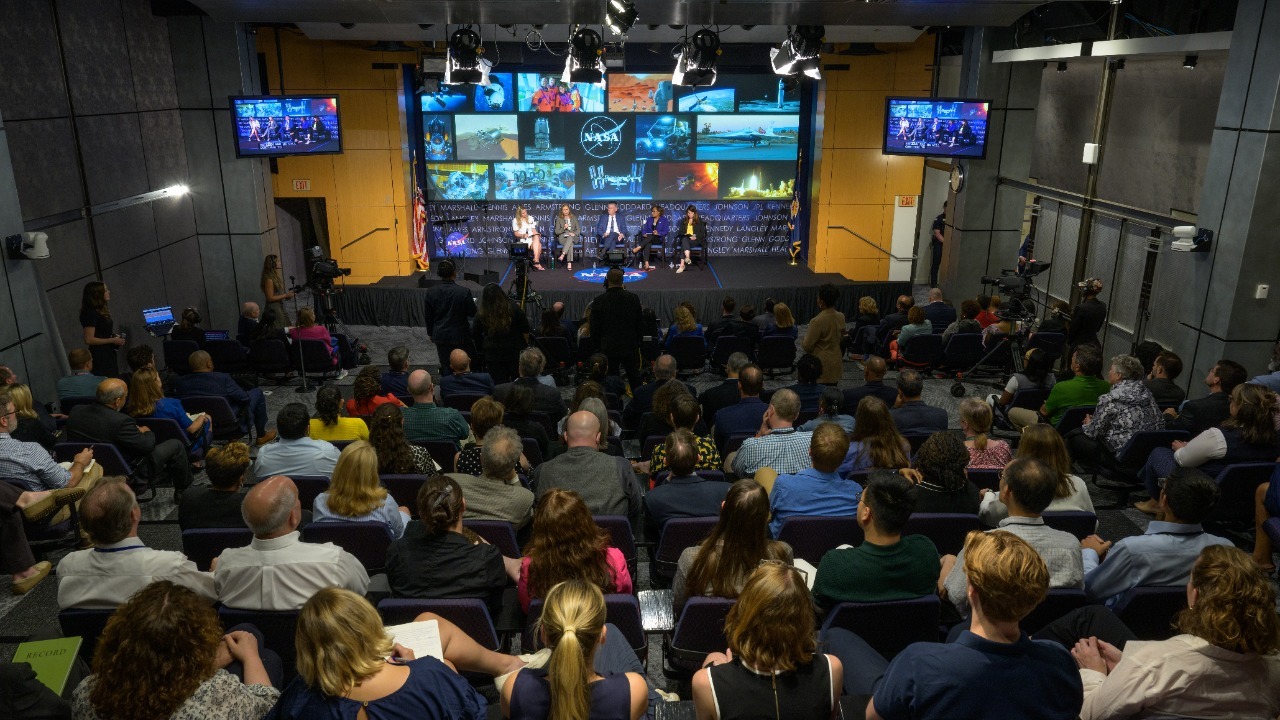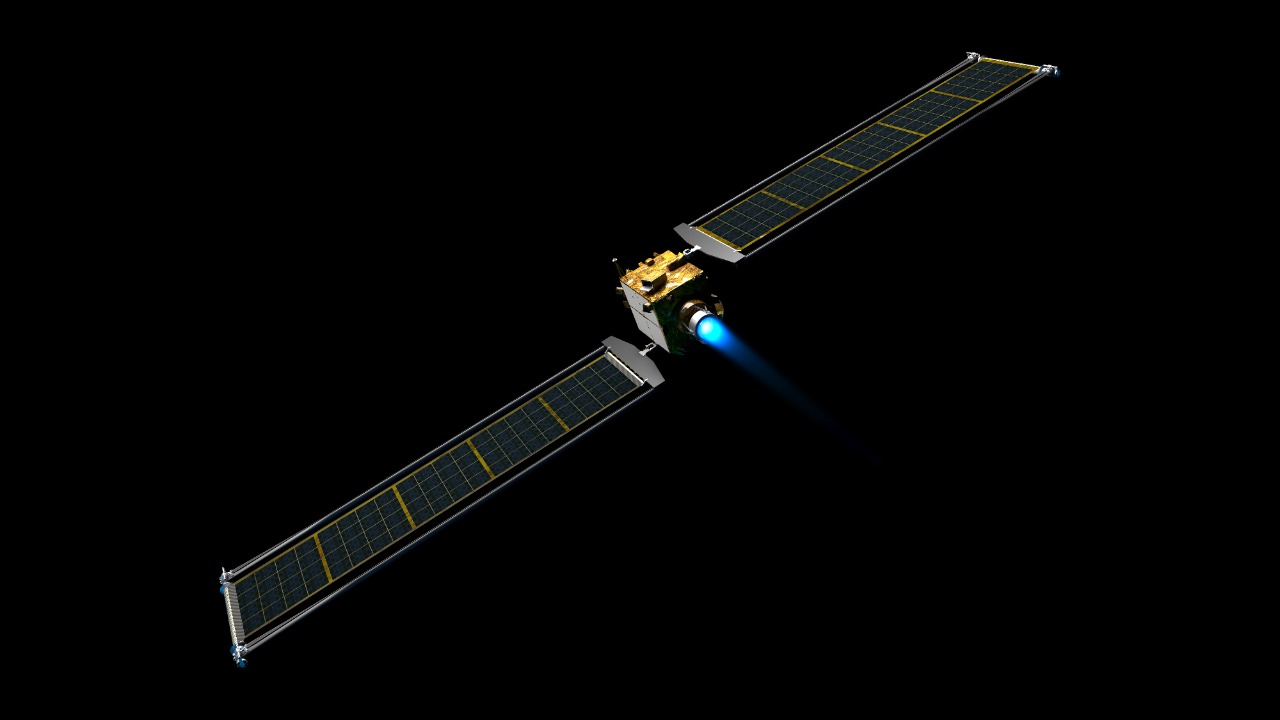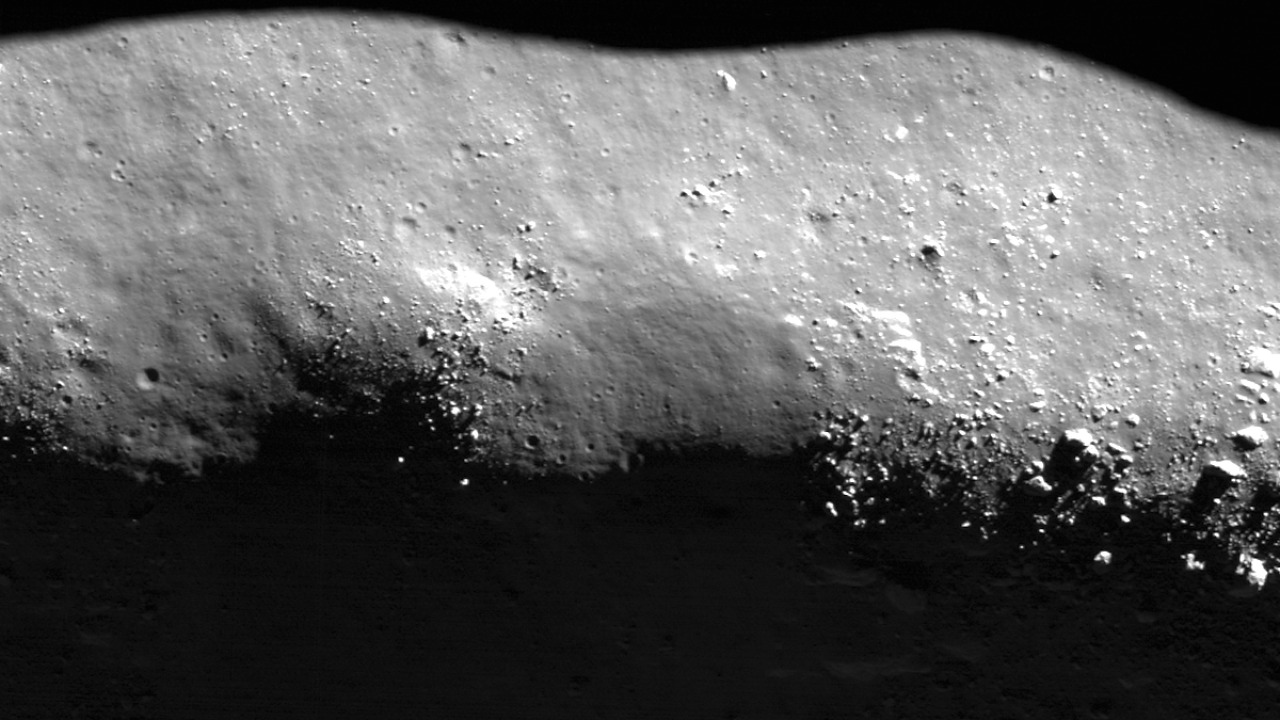
The recent findings from NASA’s Double Asteroid Redirection Test (DART) mission have taken scientists by surprise, as the mission intended to deflect an asteroid instead unleashed a swarm of giant space boulders. These unexpected behaviors pose new challenges and hidden risks in asteroid deflection strategies, a key defense mechanism against potential asteroid impacts with Earth.
The DART Mission: An Overview

NASA’s Double Asteroid Redirection Test (DART) mission was a pioneering effort aimed at demonstrating a viable method for asteroid deflection. The primary objective was to assess whether a kinetic impactor could alter the trajectory of a potentially hazardous asteroid, thereby providing a feasible defense strategy against future threats to Earth. By targeting the binary asteroid system Didymos and its moonlet Dimorphos, the mission sought to test the kinetic impact method’s effectiveness in changing an asteroid’s course.
The execution of the DART mission involved a calculated collision with the moonlet Dimorphos, and the immediate outcomes were promising. Initial observations indicated that the impact had slightly altered Dimorphos’ orbit, suggesting the potential effectiveness of the kinetic impactor strategy. The scientific community and the public reacted with enthusiasm, celebrating a breakthrough in planetary defense. However, as further analysis unfolded, it became clear that the mission’s results were more complex than initially perceived.
Surprising Behaviors of Unleashed Space ‘Boulders’

Following the successful impact, scientists were surprised to observe the release of a swarm of giant space boulders from the asteroid’s surface. These boulders, some of which measured several meters in diameter, exhibited unanticipated movements and trajectories. Instead of dispersing in predictable patterns, the boulders followed erratic paths, raising concerns about the potential for widespread space debris resulting from asteroid deflection efforts.
The implications for future missions are significant, as these observations suggest that asteroid deflection could inadvertently create additional hazards. The unexpected behavior of the boulders calls for a reevaluation of current strategies and highlights the need for more comprehensive planning and analysis. Scientific theories and hypotheses are being developed to explain the phenomena, with researchers exploring possibilities such as the influence of the asteroid’s composition, structure, and the impact’s force on the boulders’ behavior.
Hidden Risks in Asteroid Deflection

The release of giant space boulders during the DART mission underscores the potential dangers of fragmentation in asteroid deflection efforts. Fragmenting an asteroid into smaller pieces could complicate defense strategies, as these fragments might pose new threats to Earth. Smaller fragments are more challenging to track and could enter Earth’s atmosphere with little warning, increasing the risk of localized impacts.
Tracking space debris poses another challenge, as accurately predicting the movement of smaller asteroid fragments is difficult. The unpredictability of these fragments’ paths necessitates advanced monitoring systems and tracking technologies to mitigate risks effectively. Risk assessment and mitigation strategies must be reevaluated in light of these new findings, with a focus on developing contingency plans for scenarios where deflection efforts result in fragmentation and unpredictable debris.
Technological and Scientific Implications

The unexpected behaviors observed during the DART mission highlight the need for advancements in tracking technologies. Improved detection and monitoring systems are essential to address the challenges posed by space debris resulting from asteroid deflection. Enhancements in simulation models are also necessary to account for the complexities introduced by fragmentation and erratic debris paths, ensuring that future missions are better equipped to predict and manage potential risks.
International collaboration is crucial in addressing the challenges posed by asteroid deflection. Collaborative scientific efforts can facilitate the sharing of data, resources, and expertise, enabling the development of more effective solutions. By working together, the global scientific community can advance our understanding of asteroid dynamics and refine planetary defense strategies to ensure the safety of our planet.
The Future of Planetary Defense Strategies

The surprising outcomes of the DART mission urge a reevaluation of current asteroid deflection strategies. The need for innovative solutions and technologies is apparent, as existing methods may not sufficiently address the complexities and risks associated with asteroid fragmentation. New approaches, such as deploying multiple impactors or using alternative deflection techniques, could be developed in response to these challenges.
Policy-making and preparedness play a vital role in enhancing Earth’s defense against asteroid threats. Developing comprehensive policies that account for the potential risks and uncertainties of deflection efforts is essential. By prioritizing preparedness and proactive measures, we can strengthen our planetary defense strategies and ensure a coordinated global response to potential asteroid impacts.
For more insights on the unexpected outcomes of the DART mission, you can read further details on SciTechDaily. Additionally, information on the broader implications of asteroid deflection can be found in this book. Furthermore, the potential risks of asteroid impacts are discussed in an article on MSN.